|
|
Bishop Rock is a small rocky ledge jutting out of the sea, 4 miles west of the Isles of Scilly in Cornwall. The rock rises from a depth of 45 meter to expose a tip 46 meters long by 16 meters wide. On this narrow ledge stands a lighthouse, which makes Bishop Rock the world's smallest island with a building on it, as recognized by the Guinness Book of Records.
The rocks around the Scilly Isles caused the wreck of many ships over the years. When Sir Cloudesley Shovel's squadron of the British Fleet sank in 1707 along with 2,000 men, the Elder Brethren of Trinity House decided that the lighting of the Scilly Isles, which at that time consisted of only the old lighthouse at St. Agnes, was inadequate, and resolved to build a lighthouse on the most westerly danger, the Bishop Rock.

James Walker, Engineer in Chief to Trinity House, was against building a solid granite tower on Bishop Rock arguing that the rock ledge was too small and the elements too powerful. He claimed that such a tower would not withstand the tremendous force of the seas, demonstrating that the wind pressures here sometimes exceeded 7,000 lb per square foot.
So in 1847, it was decided to erect a screw-pile lighthouse at a cost of £12,000. The first task was to sink cast iron legs into the solid granite, braced and stayed with wrought iron rods. The idea was that the waves would crash right through the piles instead of slamming into a solid masonry tower. Within two years the structure was complete and all that was required was a lighting apparatus. Before it could be completed the following season, a heavy gale swept away the whole structure on the evening of 5th February 1850.
James Walker shrugged off the news and this time turned to the idea of a granite tower. It was a dangerous task, becase the sea was rough and the island too small. The workmen had to be housed on a small nearby uninhabited islet, where living quarters and workshops were erected. The men were carried to and from the site as the weather permitted All the granite were brought over from the mainland to the island depot where it was shaped and numbered before being sent to the rock. After seven years labour the tower was finally completed in 1858.
In the old days the 49-meter lighthouse had to rely on paraffin vapour lamps and, before that, candles. Today there are generators and batteries and a helipad was built in 1976. Bishop Rock was converted to automatic operation in 1991 and the last keepers left the lighthouse in December 1992. Today the lighthouse has ten floors, and up to four visitors can stay here for a week to three weeks.
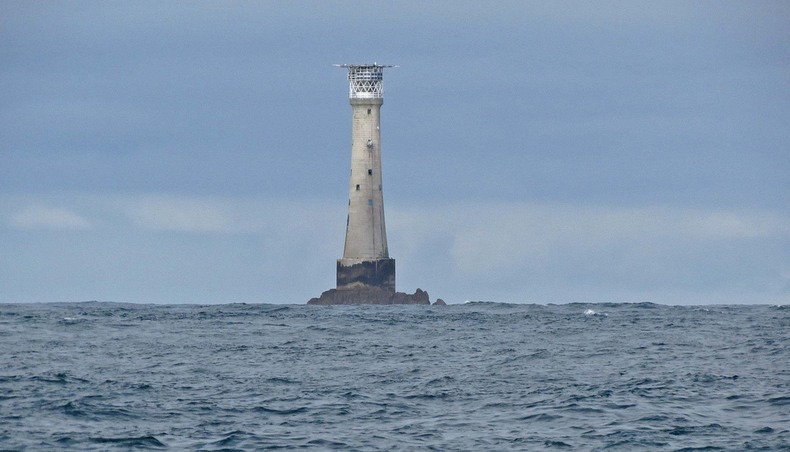

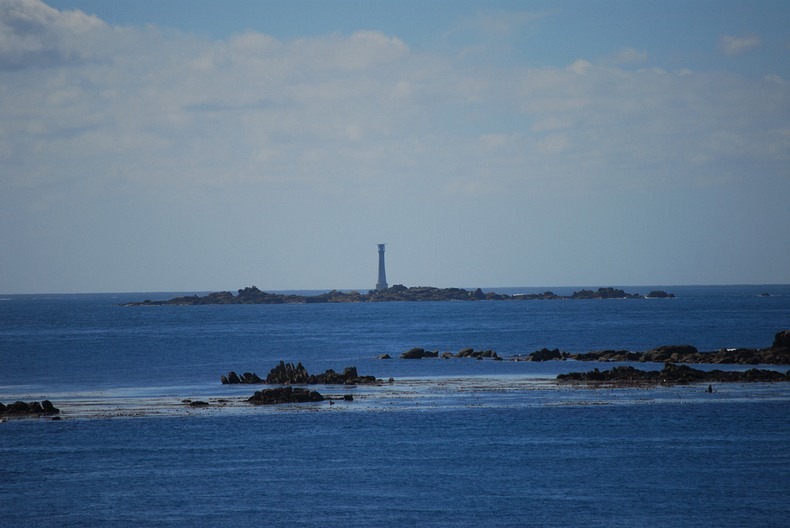
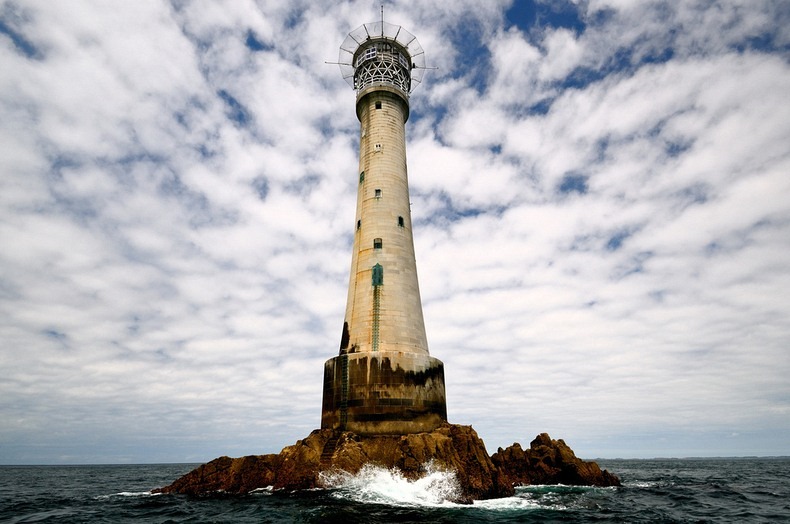

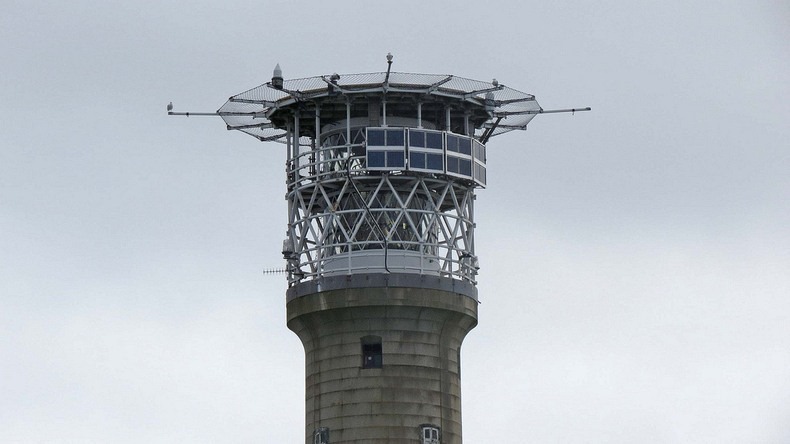
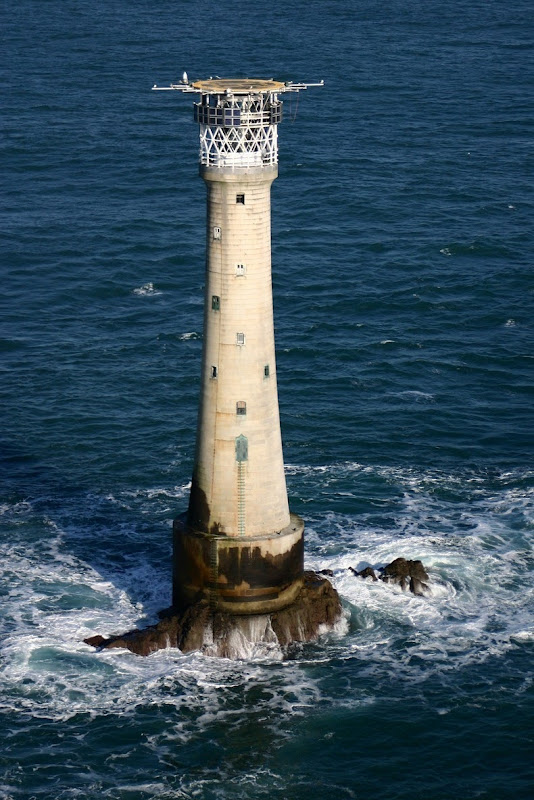

|
|
|
|
|
|
|
|
|
|
|
|
|
seram pun ade rasa gak tengok rumah - rumah api ni.. membayangkan citer hantu |
|
|
|
|
|
|
|
|
|
|
|
Mai youlls join saye di DAFABET! x yah DEPOSIT! Kasi lu FREE RM48 pulak tu~ Alahai jom la main skrg!

|
|
|
|
|
|
|
|
|
|
| |
|